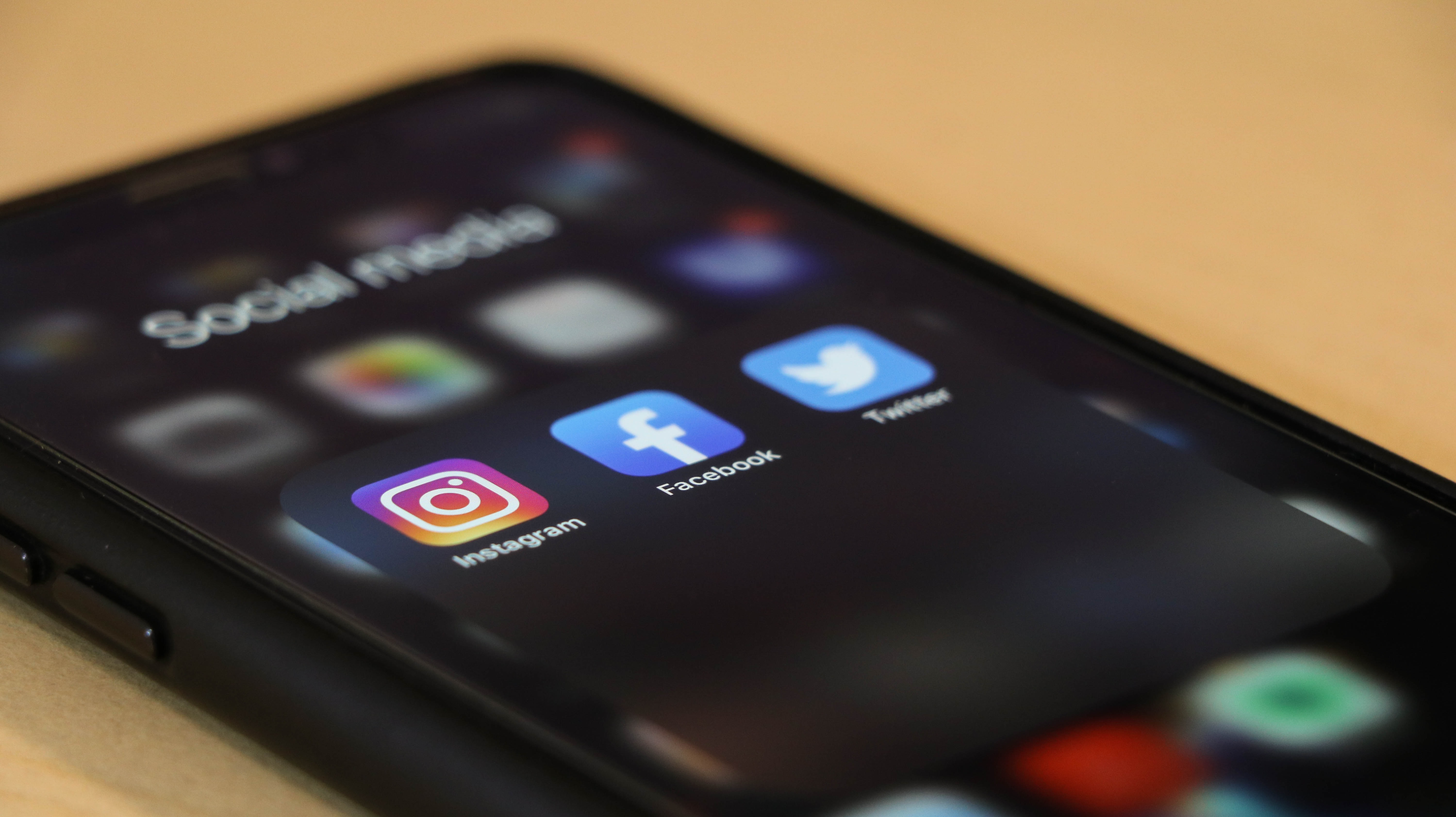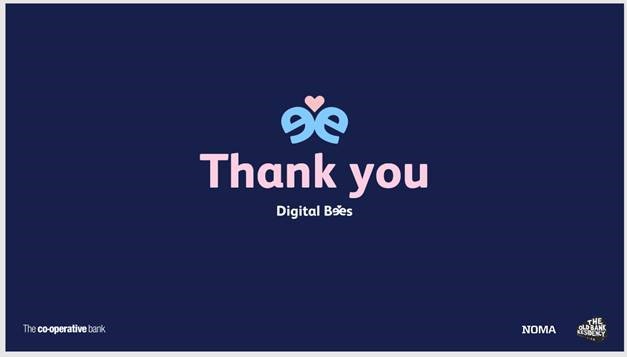
If you think of different social media features as various pies, then the three social media giants have their fingers in plenty and plenty of pies.
We assume that you’ve been active on social media for a while now, so you’re bound to have experienced these changes first-hand. Whether you agree with them or not, updated features keep our favourite social channels fresh and new, giving us more and more reasons to stay engaged.
But how much have these platforms changed over time? Where did they first start, and how different are they from how we first remember them? Well, here’s our handy yet extensive guide to the evolution of our favourite social media platforms.
Instagram was first introduced in 2010 as a purely photo-sharing app; it has now grown into something else entirely. The app was launched by Kevin Systrom and Mike Krieger, with the name “Instagram” coming from the words “instant” and “telegram”. They sought to bridge the gap between photo editing apps with no sharing capabilities and social media platforms lacking in the photo-uploading category.
25,000 people signed up on the first day of launch, the 6th of October 2010. The iPhone 4 had been released just a few months earlier, with a much-improved camera than the previous model, giving Instagram users the ability to share high-quality (at that time) photos.
The first image, posted by Kevin Systrom in 2010, was a snap of his dog. Dog posts have become a mainstay for the platform, but many other pets are included in various posts; some owners are now managing their own pet’s accounts!
Mark Zuckerberg shocked everyone in 2012 when he shelled out $1 billion to purchase Instagram. The same month, the app was released for Android and was downloaded over one million times in a single day.
Video sharing came in 2013, launching the app in a brand new direction. New creative opportunities were available for the millions of users who were currently on Instagram. Sponsored posts were also released this year, providing the opportunity for advertising and enabling businesses to see great deals of success and growth.
The big appearance update was released in 2016. Instagram received a new, sleek logo alongside a homepage redesign. Many were sceptical at first, but the new look is now much-loved and well-known.
The algorithm-based feed was introduced in 2016, moving users away from chronologically ordered timelines. Engagement became more important than ever; whilst users would see all content from the people they followed, those that appeared at the top of feeds were ones that suited the new algorithm. This update has been a highly criticised one, with countless users stating that they are unable to see their friends’ posts anymore.
Taking inspiration from Snapchat, Instagram launched “Instagram Stories” in August 2016, bringing 24-hour-long posts to users. To this day, Stories are a very popular feature for all users, and you’ll find that more people tend to post to their Stories than they do to others’ feeds.
Instagram Live was released a few months later, bringing in a new era for engagement and interaction. It also allows many businesses to show off product releases or answer any questions relating to their products. Live shopping was introduced in 2022, allowing users to purchase products showcased in the live videos.
The ability to mute certain accounts arrived in 2018, allowing users to hide posts and stories from those they may find annoying. Also, in that year, IGTV was launched. Video-sharing capabilities were improved, and users could now upload videos longer than one minute.
May 2020 saw the introduction of Instagram Shop. The impact of the COVID pandemic saw many businesses, small and large, go under and become no more. Instagram Shop was introduced to allow businesses to keep going and start selling their products straight from their Instagram profile. This feature was massive for businesses that struggled throughout the pandemic and is the reason why so many are still running to this day.
Thanks to the growing rate of TikTok, Instagram decided to launch “Reels”, their own version of TikTok’s video-sharing function. These videos were short, loopable ones that could be combined with a piece of music (basically TikTok). Reels are highly popular right now, but TikTok still holds the short-video crown.

Facebook began with FaceMash, a website that Mark Zuckerberg created while he was studying at Harvard. He had hacked the University’s database, downloaded images of everyone at the college and then uploaded them to FaceMash, allowing visitors to rate everyone based on their looks - the site was soon taken down by Harvard (wonder why…).
Facebook formally began on February 4th 2004, known as “TheFacebook”. It was originally released for Harvard students but eventually branched out to allow colleges across America to join by the end of the year.
In 2005, Facebook dropped “The” from its name. By the end of this year, the platform had reached six million active users, and Zuckerberg received a $12 million investment from Accell Partners, a figure that shot Facebook’s valuation up and allowed the platform to grow and scale significantly. A photo-sharing capability was introduced, enabling users to upload profile photos to their “wall” and tag other users in pictures they had uploaded.
A year later, Facebook opened the platform to anyone over the age of 13 years, provided they had a valid email address to sign up with.
In 2008, Facebook surpassed 100 million users and launched the “chat” function, making it easier for everyone to communicate with their friends and family.
The ability to ‘like’ posts was introduced the next year, affecting the psychological well-being of millions of people. Many users no longer posted on Facebook to update their nosey Aunts with their latest life stories but to garner more and more likes from their friends; a true vanity metric.
A brand new design was introduced in 2011, affecting the timeline and homepage and allowing users to add their own cover photos to their profiles.
In 2012, Zuckerberg brought Instagram into his social media family after purchasing the company for $1 billion, a mere drop of water into the ocean that was Facebook’s $104 billion valuation at the time. Two years later, Whatsapp was also acquired, this time costing Facebook $19 billion.
Almost a third of the world’s population has logged into Facebook by 2017, a staggering 2 billion people!
From 2018-2021, Facebook was at the forefront of an assortment of scandals and controversies; they were heavily criticised for spreading fake news, leading to a feature being introduced allowing users to flag fake posts; the platform was hit with several reports of posts containing abuse, harassment, hate speech, etc., meaning that the company had to set up more regulatory measures; in 2018, a massive data breach occurred, whereby a British consultancy firm, Cambridge Analytica, extracted personal information of 87 million users through a quiz-like app and then provided that information to the Trump campaign in 2016.
On the 29th of October 2021, Facebook rebranded to Meta in light of its mission to build the metaverse. We’ll see how this goes over the next few years…

Twitter officially started, unsurprisingly, as a tweet. Co-founder Jack Dorsey tweeted, “just setting up my twttr”, on March 21st 2006. Before this, Evan Williams, Biz Stone, and Noah Glass started their own podcasting venture (Odeo) in 2004, but after Apple added podcasts to iTunes in 2005, Odeo’s leadership felt as though they wouldn’t be able to compete with the tech giant so needed a new direction. Up stepped Odeo’s engineer, Jack Dorsey, who proposed a short messaging service (SMS), allowing users to share small blog-like posts with friends and family.
After Twitter’s number of unique visitors rose some 1,300% in 2009, the owners became aware that the platform wasn’t a niche interest. During this time, the platform was still free to use, and Facebook had just announced their first turn of profit since its inception; something had to be done if Twitter wanted to continue running. They introduced ‘Promoted Tweets’, allowing adverts to appear in the search field. Later that year, Promoted Trends and Promoted Accounts were introduced.
2009 also saw Ashton Kutcher win the race to become the first Twitterer with more than 1 million followers. A year before that, U.S. presidential candidates Barack Obama and John McCain took to Twitter to promote their political campaigns and used it as a communication tool. Since then, politicians have regularly used the platform to their own political advantage, with Donald Trump being most people’s first thought when they imagine politicians on Twitter.
However, Twitter is known for its news capabilities. Journalists and Newscasters alike utilise the platform for its quick speeds and large user base to project stories and opinions to the masses. One noteworthy example occurred on January 15th 2009, when the story of the successful landing of US Airways flight 1549 on New York City’s Hudson River reached Twitter. User Janis Krums broke the story by uploading a photo of the half-submerged aircraft online, leading to the platform crashing.
June 2009 saw verified accounts introduced after plenty of celebrities complained about accounts impersonating them.
Retweeting - one of the platform’s most popular functions - was introduced in November of 2009. Before this, if users wanted to share others’ tweets, they re-wrote them, but with “RT” at the start. Twitter caught on and added the sharing function.
“New Twitter” was released in 2010, the largest update and overhaul to date. Photos and videos were now viewable on the platform and still are to this date.
2013 saw the introduction of Vine. An incredibly popular video-sharing app that Twitter purchased before being released to the public. Sadly, Vine became no more in 2016 when Twitter discontinued it. Alas, TikTok has taken its place as the go-to app for endlessly wasting your time by scrolling through countless videos. Rejoice!
In 2015, Periscope, an app that allowed streaming, was acquired by Twitter for a reported $85 million.
Later that year, the option to add polls to tweets became a thing. Certain mainstream online news sites saw this as a goldmine and an option to create random quiz-like posts to appeal to the masses. *Cough* Buzzfeed *Cough*.
In 2017, Twitter increased the character-count limit for tweets from 140 to 280, which was met with varying amounts of praise and criticism. A month later, threads were added. Users could post multiple tweets within one scrollable thread and enjoy the capabilities of long-form content.
The “major” additions seemed to quieten in the following years; the ability to attach media to quote tweets was introduced in 2019, and users could limit replies to tweets in August 2020.
In April 2022, Elon Musk shocked the social world by announcing he’d be purchasing Twitter for $44 billion.

So, there you have it! A fairly extensive history of our favourite social media platforms. You may be happy with the number of changes that have taken place or be fairly annoyed with certain aspects, but there’s no doubt that these updates have improved the platforms we so regularly use.








